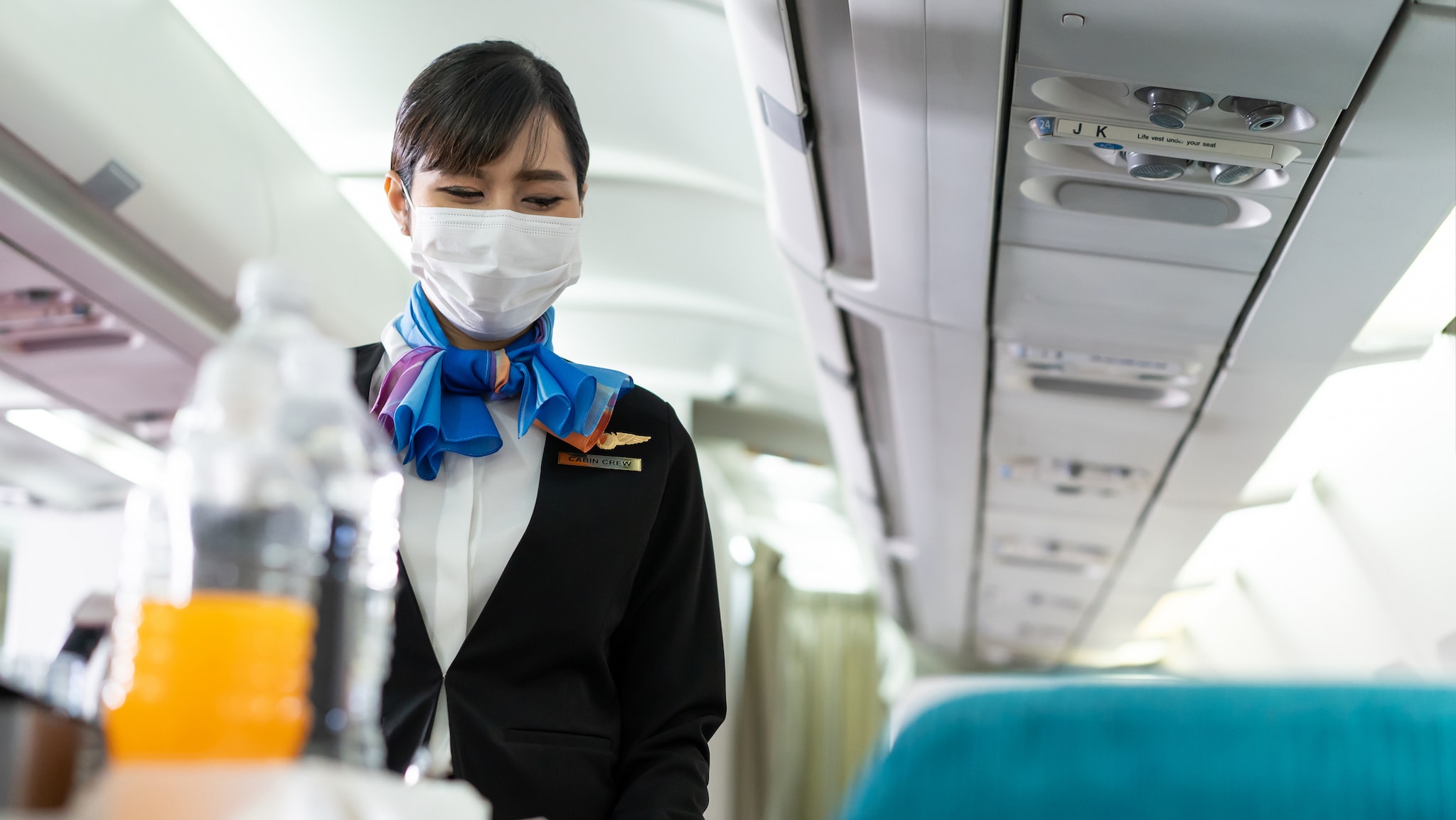Key points
- Aircrew may be at risk for work-related musculoskeletal disorders.
- Work-related strains and sprains of muscles, tendons, and supporting tissues can happen from lifting, bending, carrying, reaching, working in confined spaces, and repetitive motions.
- Turbulence or sudden airplane movements can cause imbalance, increasing risk of injury associated with a fall.

Overview

Musculoskeletal disorders are short or long-term injuries to the nerves, tendons, muscles and the supporting structures of the body, such as bones and ligaments.
A musculoskeletal disorder is considered work-related if the injury is caused or aggravated by work tasks such as:
- Lifting
- Pushing or pulling
- Reaching
- Prolonged standing
- Awkward postures, including twisting
- Constrained postures
- Performing repetitive motions
Symptoms of musculoskeletal disorders can include:
- Pain
- Stiffness
- Swelling
- Numbness
- Tingling
What you can do
For employers
Employers can prevent musculoskeletal injuries among employees by implementing an ergonomics program.
NIOSH recommends ergonomics programs be used to supplement existing occupational health and safety management systems. Important steps in implementing ergonomics programs include:
- Identifying risk factors for musculoskeletal injuries
- Involving and training management and workers on preventing injuries
- Collecting health and medical evidence
- Promoting worker recovery
For employees
When possible, avoid or limit:
- Awkward body postures (bent or twisted back, arms overhead or far in front of the body)
- Repetitive movements
- Heavy or overhead lifting
- Forceful pushing or pulling
Ask your employer to fix tools or equipment that are not working properly (e.g., broken wheels on a cart if the wheels do not work properly).
If you are pregnant, reduce heavy/bulky lifting in accordance with the NIOSH provisional guidelines. Also reduce or eliminate:
- Stooping, bending, or twisting at the waist
- Lifting overhead
- Lifting from below mid-shin
Resources
Publications
- Clinical guidelines for occupational lifting during pregnancy (2013)
- Provisional recommended weight limits for manual lifting during pregnancy (2014)
Webpages
Infographic
- Recommendations for lifting during pregnancy (English)
- Recommendations for lifting during pregnancy (Spanish)
If you have safety and health questions about your job contact CDC-INFO.
